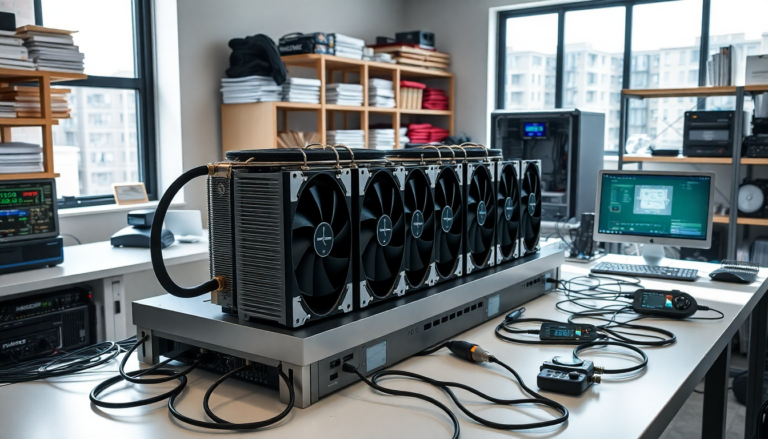Argomenti trattati
Picture this: you’re at the pinnacle of technology, and instead of celebrating the breakthroughs, you’re staring down the barrel of an energy crisis. Yes, AMD has unveiled its Instinct MI355X GPUs, and while they boast groundbreaking performance improvements, they’re also inviting a chorus of groans over their power consumption. Is anyone else sensing a crisis brewing?
The dawn of CDNA 4
Mark Papermaster, AMD’s CTO, kicked things off at ISC 2025, introducing us to the company’s latest lineup of accelerators. The Instinct MI355X promises a jaw-dropping performance for AI inference, but let’s not gloss over the nearly doubled power consumption compared to last year’s models. It’s like opening the door to paradise only to find someone’s already used it as a bathroom. AMD’s Instinct MI350X series, built on the CDNA 4 architecture, is a mixed bag of promises and pitfalls.
Precision formats and performance
These new GPUs support an array of precision formats—FP4, FP6, FP8, and FP16. Who knew that numbers could sound so sexy? Yet, the reality is that AMD is positioning these processors primarily for inference workloads, limiting the scale to only eight GPUs. Sure, Pegatron is gearing up for a 128-way MI350X machine, but can we really call that competitive against Nvidia’s Blackwell GPUs? It’s like bringing a rubber knife to a gunfight.
The power hunger is real
Now, let’s talk numbers—specifically, the 1000W power consumption of the MI350X and the insatiable 1400W of the MI355X. They’re designed for air cooling, or so AMD says, but good luck with that if you’re pushing the limits. You’d almost expect to see a warning label: ‘Caution: may fry your circuits and your financial stability.’ Both models come with 288GB of HBM3E memory, which sounds impressive until you realize the cost of keeping such beasts alive.
Performance metrics that raise eyebrows
On paper, the MI350X can deliver a maximum FP4/FP6 performance of 18.45 PFLOPS, while the MI355X stretches that to 20.1 PFLOPS. Sure, that’s more than Nvidia’s B300, but how do they actually measure up in real-world applications? It’s a gamble, folks. AMD’s claims are stellar, but we all know that benchmarks can be as slippery as a politician’s promise.
The future of supercomputing
As Papermaster confidently predicts a future with zettascale performance, one has to wonder—at what cost? A supercomputer with ZetaFLOPS performance might pull a staggering 500 MW of power. That’s enough to make even the most die-hard tech enthusiasts reconsider their life choices. It’s like trading your car for a gas-guzzling monster truck while hoping the gas prices drop. Spoiler alert: they won’t.
Efficiency or bust
While AMD touts improvements in performance efficiency—from about 3.2 GFLOPS/W in 2010 to a whopping 52 GFLOPS/W with exascale systems—this doesn’t mask the looming crisis of energy consumption. Memory bandwidth needs to double every two years just to keep pace. So, what’s next? A nuclear reactor powering your gaming rig? At this point, it’s not entirely out of the question.
Final thoughts on AMD’s ambitions
As we peek into the future, the reality is that AMD will need to make radical architectural advancements to keep their GPUs relevant. And let’s be honest, if their peers at Nvidia are already eyeing power levels that could rival a small city, where does that leave the rest of us? It’s a tech world where performance and energy consumption are locked in a fierce battle, and the victor will dictate the fate of supercomputing for years to come. Buckle up; it’s going to be a bumpy ride.

